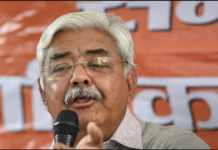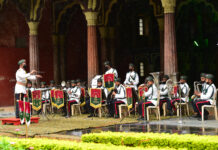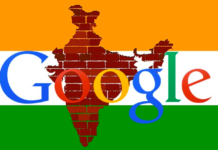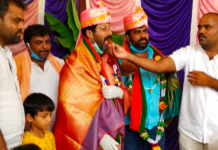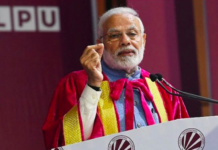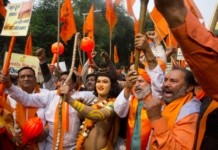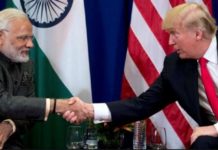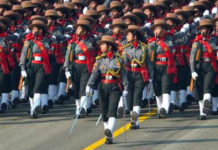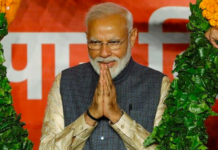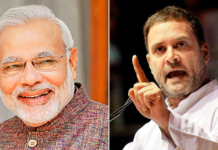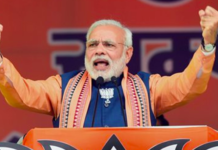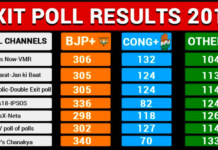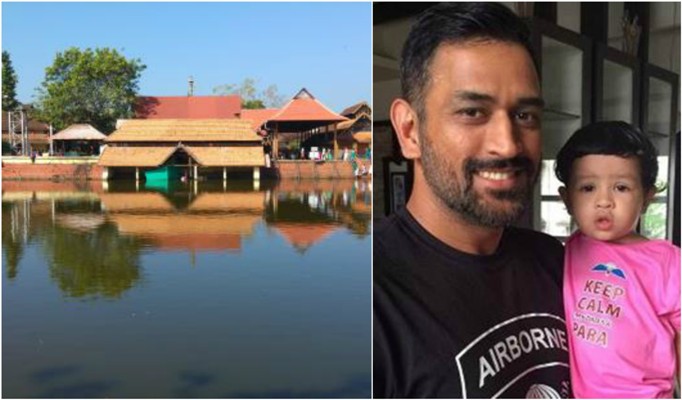
As usual, Prime Minister Narendra Modi awed audiences across India and abroad from the ramparts of the Red Fort. But the time to convert words into action has come.

When Prime Minister Narendra Modi spoke for the first time from the ramparts of the Red Fort four years ago, he had promised many things. He wanted 10 years to change India for good, getting rid of corruption, black money, violence and the `chalta hai’ attitude of ministers and bureaucrats. Four out of 10 years have gone by and India is slowly showing signs of changes. But the time to convert words into action has come.
This year too was no different. On the occasion of the 71st Independence Day, the Prime Minister spoke on his vision of New India – a corruption-free, violence-free India where people live in equality without caste and communal differences. That is still a far and, probably, a Utopian dream.
Rewind to his first I-Day speech of 2014. Modi had then called for a moratorium on caste and communal violence for 10 years. While communal riots have been capped, he has not been able to rein in the runaway Hindu brigades. This despite several warnings. At one point of time, he had asked State governments to prepare a dossier on such fly-by-night Hindu brigades. Nothing much has happened.
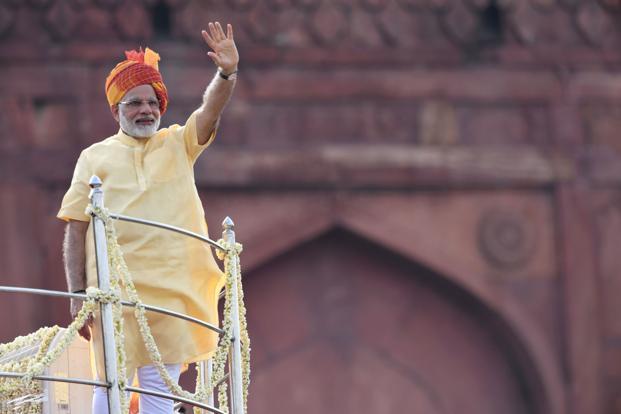
Today Modi said: “Violence in the name of ‘Astha’ is not something to be happy about, it will not be accepted in India. India is about Shanti, Ekta and Sadbhavana. Casteism and communalism will not help us.”
The simple thing to do is to convert these words into stern and tangible action.
Similarly, Modi has been able to get a handle on the Kashmir violence. Referring to the strife-torn State, he said his government is committed to regain the “lost glory” of Kashmir. “Na gaali, na goli, parivartan hoga gale laga ke (Neither bullets nor brickbats will solve the Kashmir issue, only love will),” the PM said. He added that while “there is no question of being soft on terrorism”, any “violence in the name of faith cannot be condoned”.
“I want to tell the youth of Kashmir and I’ve said this time and time again, come into the mainstream, you have a right to speak in a democracy,” the PM said.
Again convert this message into strong action.
But it was rather surprising when he clubbed the recent death of 60 children in Gorakhpur in Uttar Pradesh and the floods in various states. The Prime Minister should remember that one was man-made and the other was a natural disaster. He should punish those responsible for the Gorakhpur deaths while helping the flood victims.
Both are recurring phenomena, and authorities have refused to learn lessons from the past. Modi must ask UP chief minister Yogi Adityanath to tighten the state’s healthcare systems and build in a series of check and auditing. Assam should be able to tame the Brahmaputra through use of technology and be firm on unchecked environmental plunder of forests and hills.
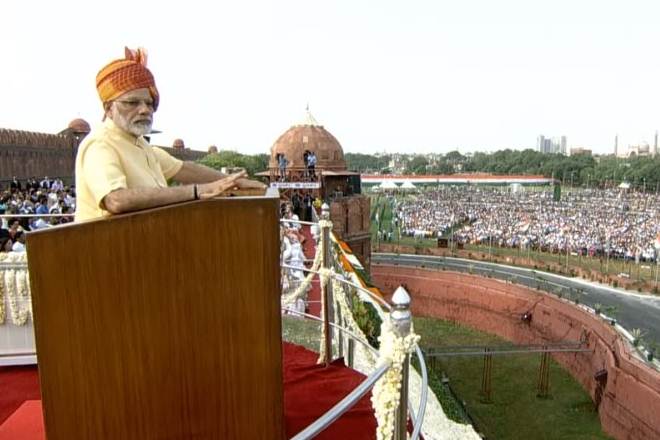
Modi kept his address short – just 56 minutes — shortest ever. But he did manage to mention about demonetisation as an effective weapon to fight corruption and black money. And while doing so, he took a swipe on those who cast their apprehension over the impact of demonetisation. “They said Modi gaya after demonetisation but it broke the back of corruption in country,” he said.
And he reeled out mouth-watering statistics. He said during the last one year, the government’s anti-corruption steps had led to the closure of 1.75 lakh shell companies, which were run by black money operators. “Eighteen lakh people have been identified where their assets are more than their known source of income. Of this 4.50 lakh people have accepted their fault. Interestingly, 1 lakh had never heard about income tax.”
He added: “With banks getting more money, loans are being made available at a lower rate of interest. This is helping the economy.” But where are the jobs?
Another achievement that Modi flagged was the implementation of GST. “After GST (goods and services tax), greater transparency will come. In the case of transportation, there has been a 30 per cent reduction in time taken for goods movement as the check posts have been removed,” he said.

The PM had a message for the young India too – his fans. Pointing out that those who were born in the 21st century would turn 18 in 2018, he asked them it’s “time to shirk ‘chalta hai’ attitude. “Chalta hein ka zamana chala gaya hein… Change can happen… Badla hai, badal raha hai, badal sakta hai… this should be our attitude,” Modi said.
In a clear message aimed at his colleagues in the government and the party, he said “The common man is satisfied only when something appears on the ground. We can’t make things work on ground at a slow pace. We will have to accelerate our speed, move at faster pace.”
In other words, convert words into tangible action. Modi must lead from the front on this aspect.
His Independence Day speech was loaded with a message. Modi gave ample hints that the 2019 polls would be fought on the planks of benefits that demonetisation has brought about, measures against graft, good governance and the GST.
But there are pitfalls that Modi will have to tackle: unemployment, plight of farmers and growing violence in the name of cow and religion.






























